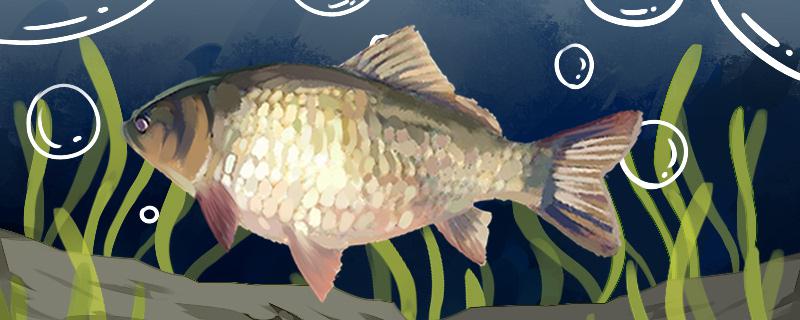
for fishing crucian carp? Crucian carp is a kind of freshwater fish, which is chosen by many anglers as the object of fishing. When fishing for them, you need to prepare a suitable float, which is an important tool. When preparing the float, there are many problems to consider. The first is the amount of lead eaten by the float. This needs to be chosen according to the size of the crucian carp, compared with other fish species, the size of the crucian carp is not particularly large, so choose to eat a smaller amount of lead float. Of course, the specific choice also needs to be adjusted according to the specific body shape of crucian carp.
Furthermore, the shape of the float, generally speaking, streamlined and jujube-shaped floats are the two most commonly used when fishing crucian carp. These two kinds of floats are more sensitive, and the resistance in the water is relatively small, so they can quickly and accurately display the state of the crucian carp hooked. Moreover, the material is also a factor that needs attention. The more suitable materials for fishing crucian carp are reed and peacock plume, both of which are more sensitive. Floating tail is particularly important, you can choose a longer floating tail, so that when the crucian carp is hooked, the signal will be more obvious.
the float for fishing crucian carp has been introduced above. When fishing crucian carp, we need to choose some suitable floats, and adjusting the float is also an important step. The first step of adjusting the float is to find the bottom first. At this time, heavy lead is usually used to find the bottom. At this time, the float can be exposed to the surface of the water by one or two eyes. This process is also a rough process of finding the bottom. Then, by trimming the lead sheet, the float is in a suitable state in the water. At this time, when the float is steadily exposed to the desired number of eyes of the angler, the trimming is stopped. Finally, it is necessary to hang the double hooks and baits, and also trim the lead sheet to expose the desired number of eyes on the surface of the water.